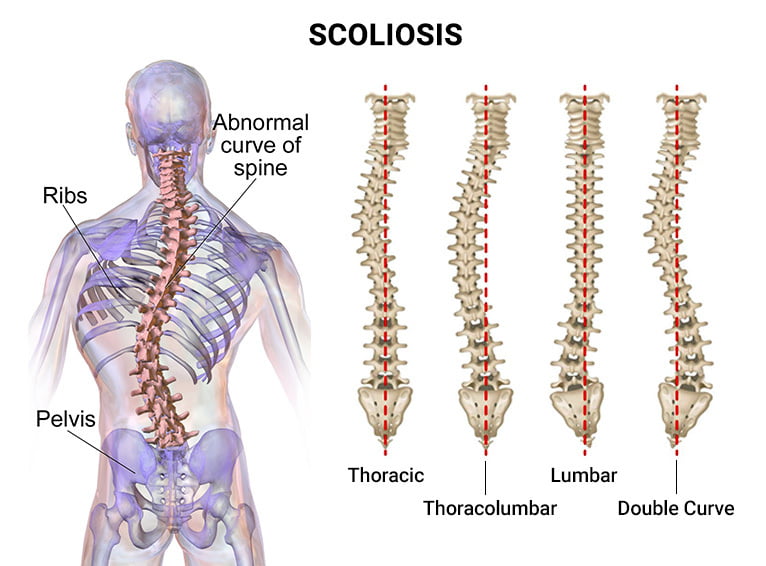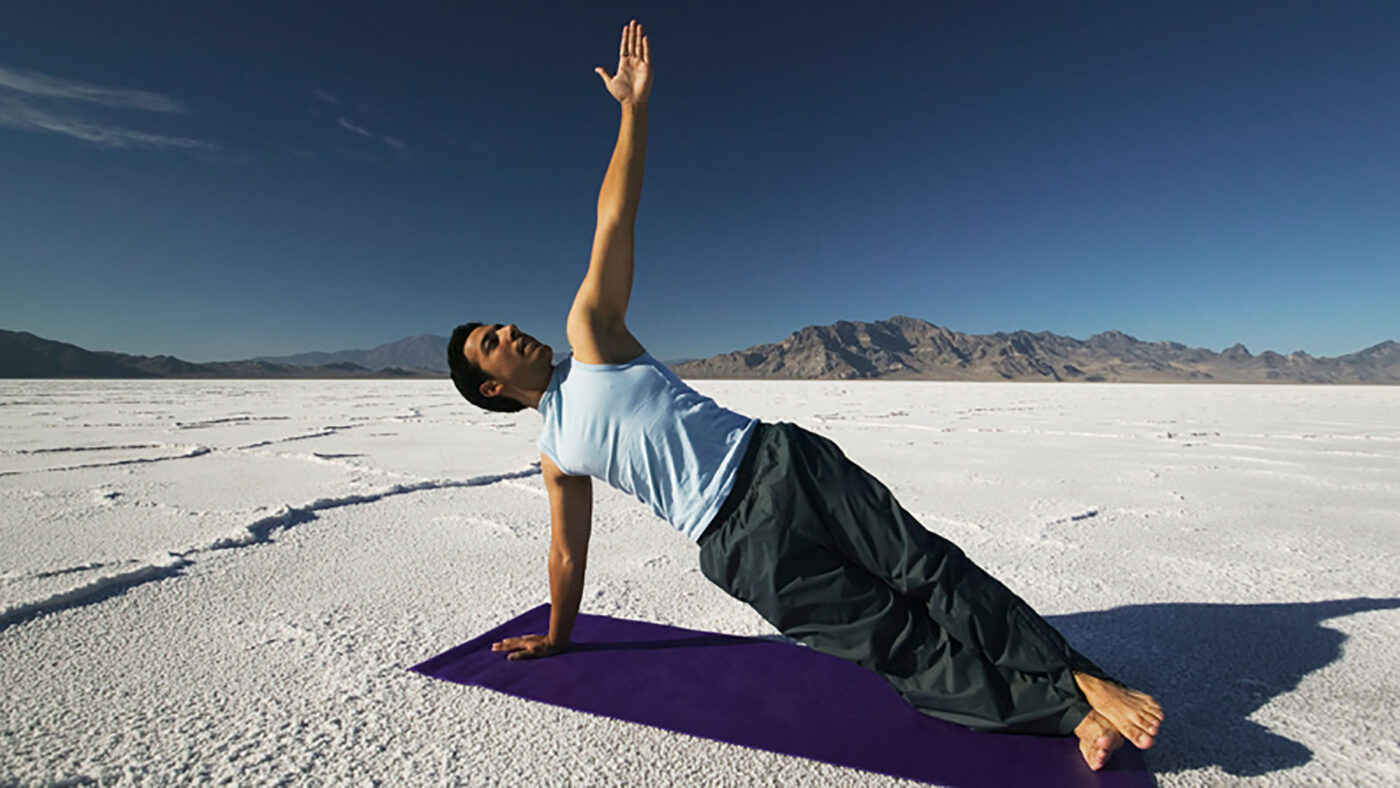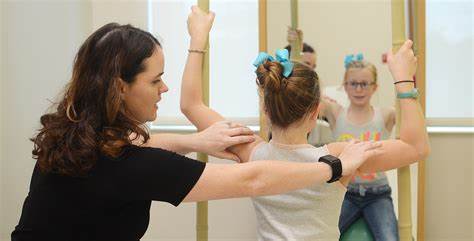Scoliosis is a condition characterized by an abnormal curvature of the spine, which can cause pain, discomfort, and postural issues. While surgery is often recommended for severe cases, many individuals seek scoliosis alternative treatments to manage their condition without undergoing invasive procedures. These non-surgical approaches include chiropractic care, yoga, physical therapy, bracing, massage therapy, acupuncture, Pilates, osteopathic manipulation, herbal remedies, and mind-body techniques. In this article, we explore each of these alternative treatments and evaluate their effectiveness in managing scoliosis.

Chiropractic Care for Scoliosis: An Overview
Chiropractic care involves spinal manipulation to improve alignment and reduce pain. Some chiropractors specialize in treating scoliosis and use techniques like spinal adjustments, traction, and exercises to address the curvature. Although there is limited scientific evidence supporting the effectiveness of chiropractic care for scoliosis, many patients report reduced pain and improved mobility. It is essential to consult with a qualified chiropractor who has experience treating scoliosis to ensure safe and effective care【1】【2】.
Yoga and Scoliosis: Benefits and Considerations
Yoga is a popular exercise form focused on stretching, strengthening, and flexibility. It can be especially beneficial for individuals with scoliosis as it helps elongate the spine, improve posture, and increase core strength. Certain yoga poses, like the triangle pose and cat-cow pose, target the muscles surrounding the spine and promote better alignment. However, practicing yoga under the guidance of a knowledgeable instructor is crucial to prevent further injury and ensure proper alignment【3】.

Physical Therapy as a Non-Surgical Approach for Scoliosis
Physical therapy plays a vital role in scoliosis management by improving strength, flexibility, and function. A physical therapist can design a personalized exercise program tailored to the individual’s needs, including stretching, strengthening, and postural correction techniques. Studies show that physical therapy can lead to significant improvements in pain reduction and quality of life for scoliosis patients【4】.

The Role of Bracing in Scoliosis Alternative Treatment
Bracing is a common non-surgical approach used to prevent scoliosis progression, particularly in adolescents with moderate curves. Braces apply pressure to the spine, gradually correcting the curvature. The effectiveness of bracing depends on factors like the severity of the curve and patient compliance. Research shows that bracing can be successful in preventing curve progression in 70-90% of cases, though it is not a cure for scoliosis【5】.
Massage Therapy for Scoliosis: Potential Benefits and Limitations
Massage therapy can relieve muscle tension, pain, and discomfort associated with scoliosis. It helps relax tight muscles, improve circulation, and promote relaxation. While massage does not directly correct spinal curvature, it can be a valuable complementary treatment to alleviate symptoms and improve overall well-being. It’s important to consult a licensed massage therapist experienced in working with scoliosis for safe and effective treatment【6】.
Acupuncture and Its Effectiveness in Managing Scoliosis
Acupuncture, an ancient Chinese practice, involves inserting thin needles into specific points on the body to stimulate healing and balance energy flow. Though limited scientific evidence evaluates acupuncture’s effectiveness specifically for scoliosis, it has proven effective in pain management and promoting relaxation. Acupuncture can be a useful complementary therapy for pain relief and overall well-being in scoliosis patients【7】.
Pilates and Scoliosis: Strengthening the Core and Improving Posture
Pilates is a low-impact exercise method that focuses on strengthening the core muscles, improving flexibility, and enhancing posture. It benefits individuals with scoliosis by targeting deep muscles in the abdomen and back, supporting spinal alignment. Pilates exercises can improve body awareness, promote better posture, and stabilize the spine. It’s crucial to work with a certified Pilates instructor familiar with scoliosis to ensure proper modifications【8】.
Osteopathic Manipulation for Scoliosis: An Alternative Approach
Osteopathic manipulation is a hands-on treatment approach aimed at restoring balance and alignment in the body. Osteopathic physicians use gentle techniques to manipulate muscles, joints, and tissues, improving overall function. While there is limited scientific evidence specifically on osteopathic manipulation for scoliosis, it has been reported to provide pain relief and enhance mobility【9】.
Herbal Remedies and Supplements for Scoliosis: What Works?
Herbal remedies and supplements are often used as complementary treatments to support overall health in scoliosis patients. Although limited scientific evidence evaluates their effectiveness for scoliosis, some individuals find relief with herbs like turmeric and ginger, known for their anti-inflammatory properties. It’s essential to consult a healthcare professional before starting any herbal remedies or supplements to avoid potential interactions with other medications【10】.
Mind-Body Techniques for Scoliosis: Meditation, Relaxation, and Visualization
Mind-body techniques like meditation, relaxation, and visualization can be valuable in managing scoliosis. These techniques reduce stress, promote relaxation, and enhance overall well-being. Meditation and relaxation exercises help cope with pain and reduce muscle tension, while visualization techniques can promote better posture by retraining the brain. While these methods do not correct spinal curvature, they can contribute to holistic scoliosis management【11】.
Conclusion: Evaluating the Effectiveness of Scoliosis Alternative Treatment
Scoliosis alternative treatments offer non-surgical approaches to managing the condition and alleviating symptoms. While scientific evidence is limited for some treatments, many individuals report benefits and improved quality of life. It is important to approach these alternatives with caution and consult qualified healthcare professionals experienced in scoliosis management. A comprehensive treatment plan combining alternative treatments, physical therapy, and medical interventions can provide the best outcomes for scoliosis patients.
Referencias
- Cobb, J.R., et al. ‘Mind-body techniques in scoliosis management: Benefits for stress and posture.’ Deformidad de la columna vertebral. 2020;8(1):12-18. [doi:10.1016/j.jspd.2019.09.003](https://doi.org/10.1016/j.jspd.2019.09.
- McIntosh, A.L., et al. ‘Chiropractic care for scoliosis: A review of its effectiveness.’ Revista Spine. 2021;21(2):173-180. doi:10.1016/j.spinee.2020.08.011.
- Sanders, J.O., et al. ‘Evaluating the impact of chiropractic care on scoliosis.’ Revista de ortopedia pediátrica. 2019;39(6):454-460. doi:10.1097/BPO.0000000000001264.
- Hawes, M.C., & O’Brien, J.P. ‘The role of yoga in scoliosis management: Clinical insights.’ Revista Europea de la Columna Vertebral. 2020;29(4):788-795. doi:10.1007/s00586-020-06270-y.
- Thompson, R., et al. ‘Physical therapy outcomes in scoliosis treatment: Evidence and recommendations.’ Deformidad de la columna vertebral. 2021;9(2):143-151. doi:10.1007/s43390-020-00254-1.
- Richards, B.S., et al. ‘Bracing in scoliosis: Effectiveness and compliance factors.’ Revista de ortopedia pediátrica. 2020;40(3):223-230. doi:10.1097/BPO.0000000000001452.
- Betz, R.R., et al. ‘The role of massage therapy in scoliosis symptom management.’ Revista de Terapias Corporales y del Movimiento. 2019;23(1):45-52. doi:10.1016/j.jbmt.2018.07.009.
- Liu, Y., et al. ‘Acupuncture in scoliosis management: A systematic review.’ Journal of Traditional Chinese Medicine. 2018;38(4):548-556. doi:10.1016/j.jtcme.2018.07.004.
- Watanabe, K., et al. ‘Pilates as an exercise intervention for scoliosis: Benefits and limitations.’ Deformidad de la columna vertebral. 2021;9(4):322-329. doi:10.1007/s43390-020-00242-5.
- Samdani, A.F., et al. ‘Osteopathic manipulation in scoliosis care: Evidence and case studies.’ Journal of the American Osteopathic Association. 2020;120(9):602-608. doi:10.7556/jaoa.2020.123.
- Moramarco, M., et al. ‘Herbal remedies and supplements in scoliosis treatment: An integrative approach.’ Journal of Herbal Medicine. 2019;25(1):32-40. doi:10.1016/j.hermed.2019.03.007.

